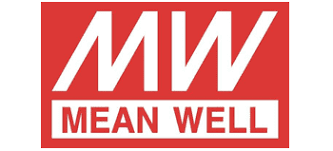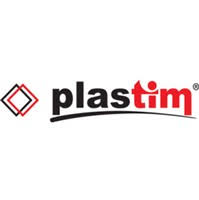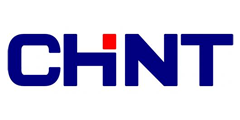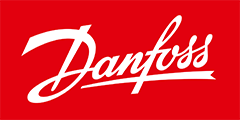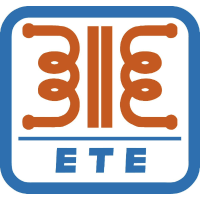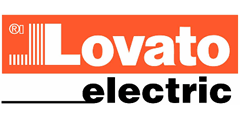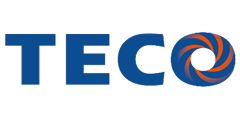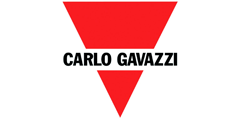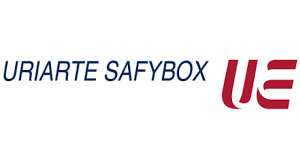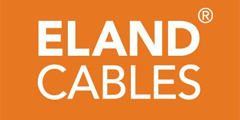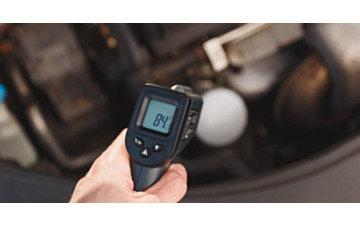A quick guide to IP ratings

As you no doubt know already, in industrial and factory automation settings, it’s absolutely crucial to choose the right equipment to withstand various environmental factors. That’s exactly what the Ingress Protection (IP) rating system was designed for – basically, it helps in identifying the level of protection electrical and mechanical devices offer against dust, water, and other potentially damaging substances. Like lots of things in engineering, it might not seem the most intuitive at first, but once you’ve got the basics then the rest of it isn’t too tricky to grasp. Here’s what you need to know!
What are IP ratings?
Also known as an Ingress Protection rating, an IP rating is a standard used to define the level of protection an enclosure offers against solid objects (like dust) and liquids (such as water). The rating is made up of two digits, each specifying a particular type of protection. The first digit refers to the protection against solid objects, while the second digit relates to protection from liquids. This classification makes it easier to assess the suitability of equipment in varying environmental conditions, ensuring that the equipment operates safely and reliably.
A quick breakdown of the two-digit system
The two digits in an IP rating represent distinct categories of protection:
- The first digit refers to protection against solid objects. It ranges from 0 to 6, with 0 offering no protection and 6 offering complete protection against dust ingress.
- The second digit concerns protection against liquids. It ranges from 0 to 9, with 0 indicating no protection and 9 indicating that the equipment can withstand high-pressure, high-temperature water jets.
For example, an IP65 rating indicates that the device is dust-tight (6) and can withstand water jets (5). The higher the number, the better the protection. So, to explore these in a little more detail:
- 0: No protection.
- 3: Protection against objects larger than 2.5 mm (such as tools or wires).
- 6: Dust-tight protection, ensuring no dust can enter the enclosure.
- 3: Protected against spraying water.
- 5: Protected against water jets.
- 7: Protected against immersion in water up to 1 metre for 30 minutes.
- 9: Protection against high-pressure and high-temperature water jets.
So, how can you choose the right IP rating for industrial environments? Well, a lot of it comes down to the specific risks and challenges of your operational environment. Here are some factors to consider:
- The type of environment. Is your facility dusty, wet, or exposed to frequent cleaning with water jets? For dusty environments, a higher first digit (such as 5 or 6) is necessary. For wet environments, you’ll need a higher second digit (such as 5 or 7).
- The likely duration of exposure. How often will the equipment be exposed to moisture? If your equipment is occasionally exposed to water, a rating like IP54 may suffice. However, for equipment that needs to be submerged, you’ll require a rating of IP67 or higher.
- Maintenance. Equipment located in areas with frequent exposure to dirt or water will require regular cleaning. Opting for higher-rated equipment ensures it can withstand harsher conditions without compromising performance.
It’s not a decision to make off the cuff – the right IP rating goes a long way to increasing both the lifespan and reliability of your machinery.
Common misconceptions about IP ratings
One common misconception about IP ratings is that they are solely concerned with water resistance. A high IP rating doesn’t necessarily mean that a device is completely waterproof, as this overlooks the importance of the first digit, which indicates protection against solid particles like dust and dirt. While the second digit does deal with liquids, it’s important not to forget that both digits play equally vital roles in indicating the protection level of a device. In other words, a high water protection rating doesn’t mean the equipment is well protected against dust or debris.
Another misunderstanding is that a higher IP rating always means better protection. While it’s true that higher numbers signify greater protection, it’s all about the environment, too. A high IP rating doesn’t necessarily mean the equipment is better suited to your environment. For example, an IP67 rating may seem impressive, but it may not be required in a setting where equipment is only occasionally exposed to water. In such cases, a lower rating, like IP54 or IP55, could be more than sufficient. The key is to match the protection level with the specific conditions of your environment.
Lastly, it’s worth bearing in mind that a high IP rating doesn’t necessarily guarantee long-term durability. While an IP rating ensures that the equipment is protected from certain environmental factors at the moment it’s bought, it doesn’t account for wear and tear. Regular maintenance, proper use, and the right conditions are all crucial to ensuring that a device continues to perform as expected over time. An IP rating is a measure of initial protection, but ongoing care is necessary to preserve that protection and the equipment’s functionality.
That’s all the essentials covered! And of course, if you’ve ever got any questions about any of our IP ratings here at LED Controls, don’t hesitate to get in touch with our team. With more than two decades of experience here at LED Controls, we supply a wide range of components including Programmable Logic Controllers, variable speed drives, and Motor Control Gear equipment – many sourced from globally-renowned manufacturers, including IMO and ABB. Feel free to look at what we’ve got available, and if you have any questions or need any advice, you can always give us a call on 01706 242050. We’re here to help!












